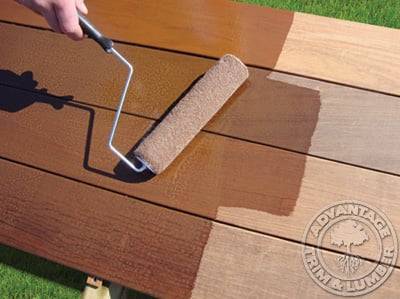Keep Your Owner’s Manual
Read your owner’s manual from cover to cover. Because there are so many types of outdoor grills, you can’t assume that they all work the same. Your grill’s owner’s manual will tell you the best way to use and maintain your grill. It also should guide you to proper safety guidelines that will keep you and those around you safe. Your grill’s warranty and customer service information are important pieces of information that your grill will contain.
Look Up…Do You See The Sky? GOOD!
Don’t grill under a covered porch or other enclosed area. Carbon monoxide poisoning is not something you want to take a chance on, ever.
What’s a Really Quick Way to End a Good Party? Start a Fire, of Course!

